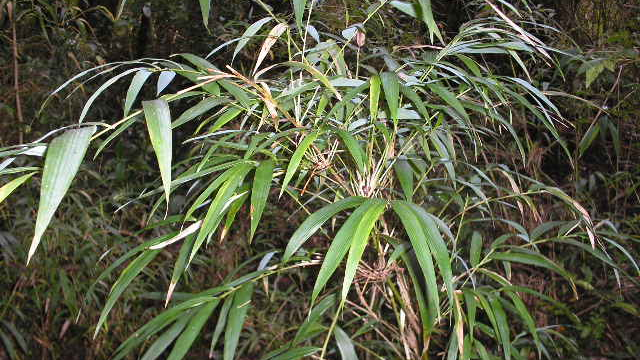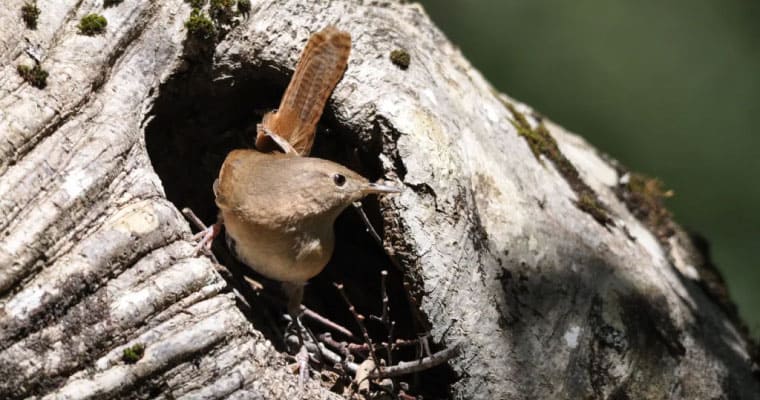Nurturing forest memory: native bamboo as an assemblage of biocultural keystone species in the southern Andes

Abstract
Presently, with the acceleration of climate change and rural land development, foraging spaces remain increasingly under threat. In Andean temperate forests of southern Chile, these challenges, coupled with ongoing legacies of colonization, threaten the biocultural memory of an assemblage of foundational understory species, the Chusquea spp. Both the commonly named species kila (Chusquea quila) and koliwe (Chusquea culeou) stand out for their ecological importance and, moreover, for their historical usage and significance among Mapuche and campesino communities. To better understand the biocultural importance of the Chusquea spp., we implemented a biocultural keystone species assessment among Mapuche and campesino communities. Moreover, drawing from community-based participatory frameworks, we collaborated with local foragers to synthesize recommendations for best management practices and develop guidelines to identify high-quality harvestable Chusquea spp. To conduct the biocultural keystone species assessment and synthesize management recommendations, we carried out participant observation, informal interviews, and snowball sampling, and conducted ethnographic interviews and fieldwork assessments with 16 expert foragers across the Mallolafken watershed in the La Araucanía region, southern Andes of Chile. Our results identified the Chusquea spp. as an assemblage of biocultural keystone species, with 62 household uses, critical contributions to food security, ceremonial significance, and cultural roles as a messenger, protector, and companion. Consultation with foragers also determined harvesting guidelines in accordance with use type based principally on variations in (1) color, (2) diameter, and (3) leaf abundance. While few foragers actively manage Chusquea spp. aside from using animal grazing to prune and control growth, some foragers shared techniques for reproducing stands. The lack of salient Traditional Ecological Knowledge related to Chusquea spp. management reflects their threatened biocultural memory. Future research coupled with community outreach regarding Chusquea spp. management is needed to support foraging practices and forest conservation efforts in the region.
Palabras clave
Biocultural memory; Chusquea culeou; Chusquea quila; forest management; Traditional Ecological Knowledge.
Información
2025
Artículo
local_offer Líneas de acción


